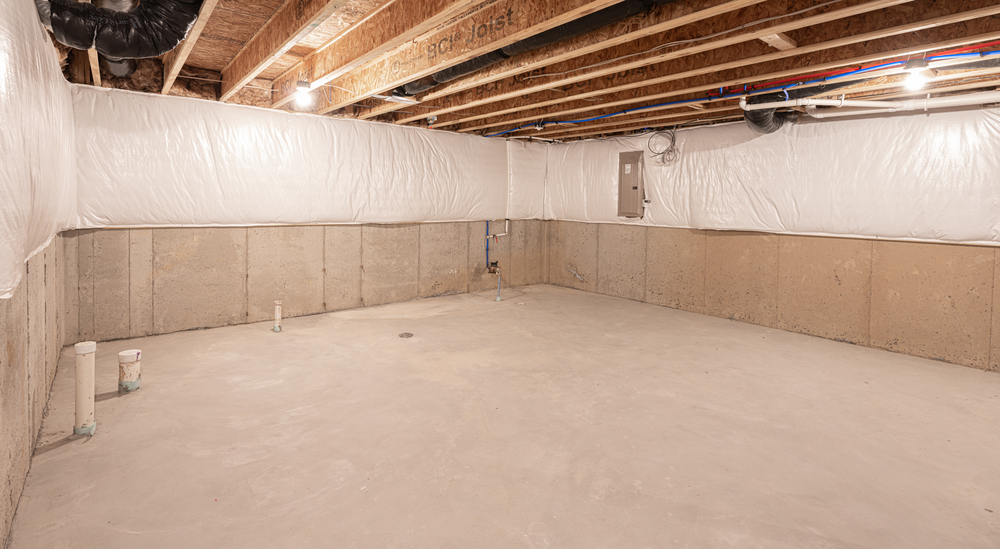
Basements are valuable spaces in our homes, providing additional storage, recreational areas, or even extra living space. However, they are also prone to water damage, which can lead to costly repairs and health hazards. That’s why basement waterproofing is crucial to ensure a dry, safe, and comfortable environment in your home. In this article, we will explore the importance of basement waterproofing and provide effective techniques to protect your basement from water intrusion.
Basement waterproofing is essential for several reasons. First and foremost, it prevents water damage to your home’s foundation. Water seepage into the basement can weaken the foundation walls, leading to cracks and structural problems. By waterproofing your basement, you can safeguard the structural integrity of your home.
Furthermore, basement waterproofing helps prevent mold and mildew growth. Basements are typically damp and prone to high humidity levels, creating an ideal environment for mold and mildew to thrive. These fungi can cause respiratory issues, allergies, and other health problems. Waterproofing measures such as sealing cracks and using moisture barriers can effectively prevent mold and mildew growth.
1. Exterior Waterproofing: This method involves applying a waterproof membrane or coating to the exterior foundation walls. It creates a barrier that prevents water from penetrating the walls. Additionally, exterior waterproofing may involve installing drainage systems, such as French drains, to divert water away from the foundation.
2. Interior Waterproofing: Interior waterproofing focuses on managing water that has already entered the basement. This method involves techniques like installing a sump pump to remove excess water, applying waterproof coatings on interior walls, and using moisture-resistant materials for flooring and wall finishes.
3. Crack Sealing: Cracks in the foundation walls or basement floor can be a significant entry point for water. It is crucial to identify and seal these cracks to prevent water seepage. Epoxy injections, polyurethane sealants, and hydraulic cement are common materials used for crack sealing.
4. Proper Drainage: Ensuring proper drainage around your home is vital in preventing water from seeping into the basement. Make sure your gutters and downspouts are clean and directing water away from the foundation. Consider installing extensions to downspouts to discharge water at least five feet away from your home’s perimeter.
5. Landscape Grading: The slope or grading of your landscape plays a crucial role in preventing water accumulation near your home’s foundation. The ground should slope away from the house, directing water away and preventing it from pooling around the basement walls.
Basement waterproofing is a critical investment in protecting your home from water damage and maintaining a healthy living environment. By employing effective techniques such as exterior and interior waterproofing, crack sealing, proper drainage, and landscape grading, you can ensure a dry and safe basement space.
Remember, early detection of water issues and timely waterproofing can save you from significant headaches and expenses down the line. Consult with a professional waterproofing contractor to assess your basement’s needs and implement the best waterproofing solutions. Keep your basement dry, protected, and enjoy the benefits of a functional and secure space within your home.
©2025 by Laudee Group